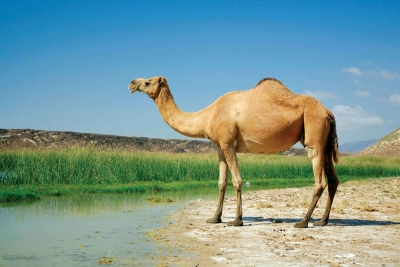
Animals have some amazing adaptations that help them live in even the most hostile environments. Consider camels, for instance. They can thrive in some of the hottest and driest places on Earth. Their legs don’t get burned when they kneel on hot sand due to thick leathery patches on their knees. They can survive for an entire week without water but, at the same time, they can drink 32 gallons of water at once. Their body temperature ranges from 93 °F to 107 °F, so they don’t need to sweat very often and can conserve water this way. The spongy bones in their noses absorb any excess moisture to keep every drop of water in, so the air they breathe out is dry air. In addition to camels, other animals’ adaptations are equally remarkable.
The most important adaptation is how animals regulate their body temperature. Animals can be either warm-blooded or cold-blooded.
Warm-blooded animals, which are mostly birds and mammals, need to maintain a relatively constant body temperature or they would suffer dire consequences. It doesn’t matter what the outside temperature is—they must maintain the same internal temperature. For us, the commonly accepted average body temperature is 98.6 °F (even though it may vary among individuals). Most other mammals range from 97 °F to 103 °F; birds have an average body temperature of 105 °F.
Cold-blooded animals do not maintain a constant body temperature. They get their heat from the outside environment, so their body temperature fluctuates, based on external temperatures. If it is 50 °F outside, their body temperature will eventually drop to 50 °F, as well. If it rises to 100 °F, their body temperature will reach 100 °F. Most of the rest of the animal kingdom—except birds and mammals—are cold-blooded.
Credit : ACS
Picture Credit : Google




